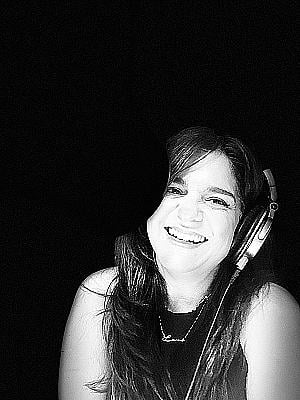To Beard or Not to Beard?
Description
Vocal Characteristics
Language
EnglishVoice Age
Middle Aged (35-54)Accents
North American (General) North American (US General American - GenAM)Transcript
Note: Transcripts are generated using speech recognition software and may contain errors.
The belief that there is something interesting about everything has opened our eyes, our ears and our minds to the world around us, from the odd to the mundane, from the overlooked to the underappreciated from the infant. Ismael, whether it involved a person, place or thing, whether it was an idea, an event, a process or a system real or imagined. Every day we found something that made us sit up take notice and say, that's interesting. We should talk about that 12 years and 1000, 300 podcast episodes. Later we decided to take the same approach with a book. This book, facial hair, the long and short of it. There are really only two types of facial hair, beards and mustaches. Every style of facial hair you've ever seen is one of these two or a combination of both. Think about it like part of the Linnean taxonomy of human traits that we just made up but totally make sense where facial hair is a family. Beards and mustaches are each a genus and their many varieties are individual species that could interbreed as it were to create a hybrid sub species like the duck billed platypus of the facial hair family, the soul patch. This might seem self evident when you take a second to think about it. But then why would you be thinking about this at all? Unless you work in the relatively booming beard industry or you're a pagan. A file. A lover of beards and the bearded as it turns out, facial hair is not a functional human trade in the way we thought it was for many years, it's an ornamental one. In fact, of all the physical features on the human body, including other kinds of hair, facial hair is the only one that is purely or primarily ornamental. Just take a look at what the rest of our hair does for us.
